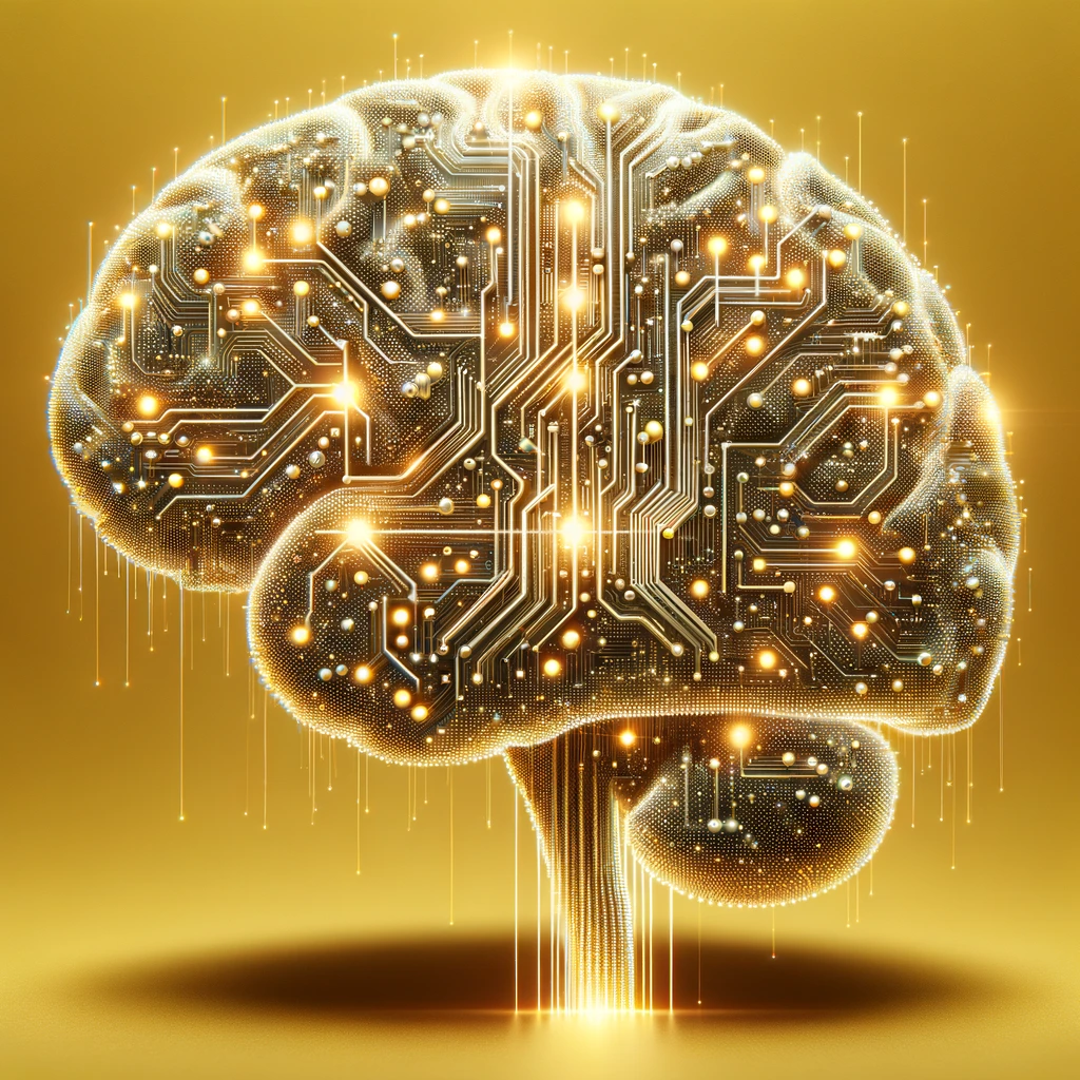Little-Known Things AI Can Do
Artificial Intelligence (AI) continues to astound and inspire with its ever-expanding capabilities. While many are familiar with its applications in areas like image recognition, natural language processing, and autonomous vehicles, there are numerous lesser-known tasks and functions that AI can perform. From the mundane to the extraordinary, AI is capable of achieving feats that might surprise even the most seasoned technophiles. Here are some little-known things AI can do:
1. Predict Earthquakes and Natural Disasters: AI algorithms can analyze seismic data and detect patterns that precede earthquakes, volcanic eruptions, and other natural disasters. By processing vast amounts of sensor data in real-time, AI systems can provide early warnings and help mitigate the impact of these catastrophic events, potentially saving lives and minimizing damage.
2. Create Art and Music: AI-powered algorithms can generate original artworks, music compositions, and literary works. Using techniques such as generative adversarial networks (GANs) and recurrent neural networks (RNNs), AI can mimic the style and creativity of human artists, producing captivating paintings, melodic compositions, and even poetry. From surreal landscapes to haunting melodies, AI-generated art continues to push the boundaries of creativity and expression.
3. Diagnose Diseases and Medical Conditions: AI algorithms can analyze medical images, patient data, and genetic information to assist in the diagnosis and treatment of diseases and medical conditions. AI-powered diagnostic tools can detect abnormalities in medical scans, predict patient outcomes, and recommend personalized treatment plans. By augmenting the expertise of healthcare professionals, AI has the potential to revolutionize the field of medicine and improve patient care.
4. Generate Realistic Human Faces: AI algorithms can generate photorealistic images of human faces that are indistinguishable from real photographs. Using techniques such as generative adversarial networks (GANs) and variational autoencoders (VAEs), AI can synthesize faces with diverse characteristics, expressions, and poses. These AI-generated faces have applications in gaming, virtual reality, and digital media, where realistic avatars and characters are in demand.
5. Translate Ancient Languages: AI-powered language models can decipher and translate ancient languages that have long been forgotten or poorly understood. By analyzing historical texts and linguistic patterns, AI algorithms can reconstruct ancient languages and translate them into modern languages, shedding light on ancient civilizations and cultures. This capability has profound implications for archaeology, linguistics, and historical research.
6. Predict Financial Markets: AI algorithms can analyze vast amounts of financial data and identify patterns and trends that may influence stock prices, commodity markets, and currency exchange rates. Using machine learning techniques such as time series analysis and sentiment analysis, AI systems can make predictions about future market movements and assist investors in making informed decisions. While not infallible, AI-powered financial forecasting has the potential to help mitigate risks and optimize investment strategies.
7. Generate Virtual Influencers: AI-powered virtual influencers are computer-generated characters with their own personalities, lifestyles, and social media presence. These virtual influencers interact with followers on social media platforms, promote brands and products, and even collaborate with human influencers. By leveraging AI algorithms and 3D rendering technologies, virtual influencers offer a novel approach to digital marketing and brand engagement in the age of social media.
8. Assist in Legal Research and Case Analysis: AI-powered legal research tools can analyze court cases, statutes, and legal precedents to assist lawyers and legal professionals in conducting research and case analysis. These AI systems can identify relevant case law, extract key legal concepts, and provide insights into legal arguments and strategies. By automating tedious and time-consuming tasks, AI streamlines the legal research process and helps legal professionals work more efficiently.
From predicting earthquakes to generating virtual influencers, AI continues to surprise and amaze with its diverse capabilities. As researchers and developers continue to push the boundaries of AI technology, we can expect to uncover even more little-known tasks and functions that AI can perform. Whether it’s creating art, diagnosing diseases, or translating ancient languages, AI’s potential to transform our world knows no bounds.
Want to learn more? Schedule a free consultation!











